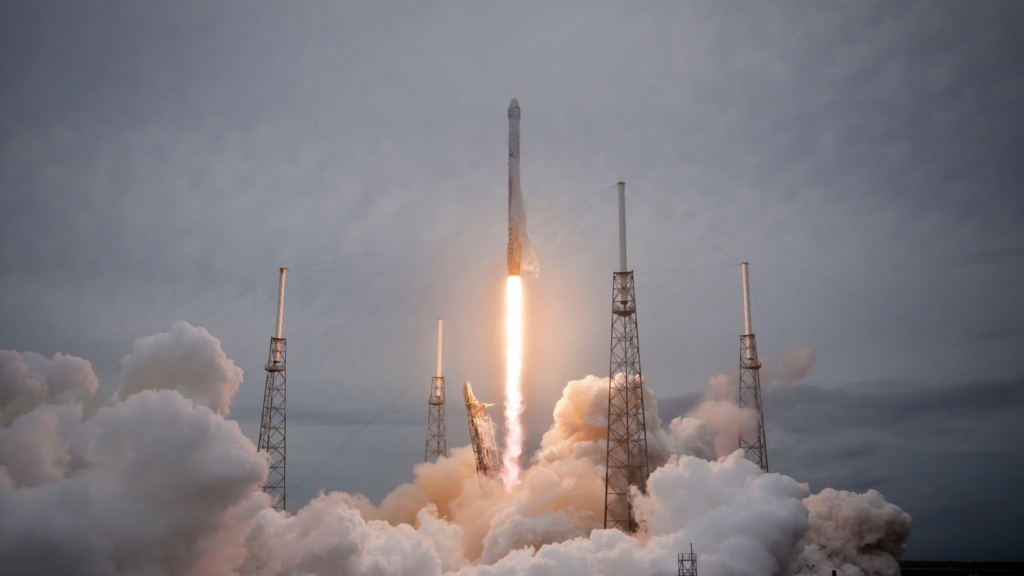-
Tips for becoming a good boxer - November 6, 2020
-
7 expert tips for making your hens night a memorable one - November 6, 2020
-
5 reasons to host your Christmas party on a cruise boat - November 6, 2020
-
What to do when you’re charged with a crime - November 6, 2020
-
Should you get one or multiple dogs? Here’s all you need to know - November 3, 2020
-
A Guide: How to Build Your Very Own Magic Mirror - February 14, 2019
-
Our Top Inspirational Baseball Stars - November 24, 2018
-
Five Tech Tools That Will Help You Turn Your Blog into a Business - November 24, 2018
-
How to Indulge on Vacation without Expanding Your Waist - November 9, 2018
-
5 Strategies for Businesses to Appeal to Today’s Increasingly Mobile-Crazed Customers - November 9, 2018
Support leg gives way as rocket lands on ocean barge
A live shot from Just Read the Instructions froze soon after it was announced that the landing legs of the rocket stage had deployed – a final maneuver before its touchdown attempt.
Advertisement
Elon Musk indicates that the barge landing is needed for higher speed launches where it is not physically possible to return to the launch site.
The first stage of the rocket made it back to the platform, which was floating in the Pacific Ocean, but one of the rocket’s landing legs failed to latch into position, SpaceX founder and Chief Executive Elon Musk wrote on Twitter. Musk notes that if his company is able to recover their boosters from their space missions, it would dramatically reduce the costs associated with travel to and from space. Attempts to land the first stage of the rocket on ships, known as drone ships, in January 2015 and April 2015 failed.
“Definitely harder to land on a ship”, Musk tweeted.
SpaceX’s Falcon 9 first-stage rocket booster descends toward a landing on a ship in the Pacific Ocean after the Jason 3 launch. “Similar to an aircraft carrier vs land: much smaller target area, that’s also translating & rotating”. The spacecraft will make superprecise measurements of sea-level heights around the world for at least three years from that perch, providing “scientists with critical information about circulation patterns in the ocean and about both global and regional changes in sea level and the climate implications of a warming world”, according to a mission description.
SpaceX later said the rocket had a soft landing, but the third landing leg did lock properly.
“Root cause may have been ice buildup due to condensation from heavy fog at liftoff”, Musk said in his post. Jason-3 is the extension of an global partnership between the National Oceanic and Atmospheric Administration (NOAA) and the National Aeronautics and Space Administration (NASA), and the Centre National d’Etudes Spatiales (CNES) and the European Organization for the Exploitation of Meteorological Satellites (EUMETSAT).
The firm succeeded in landing its Falcon 9 first stage – the long towering portion of the rocket – on solid ground at Cape Canaveral, Florida in December.
Even though an ocean landing is more hard, SpaceX says it needs to flawless the technique so it can bring back its rockets in all kinds of situations.
SpaceX repeatedly emphasized that their rocket recovery attempt was an experiment and their secondary objective.
SpaceX is one of several companies that contracted with the USA space agency NASA to ferry supplies, and eventually astronauts, to the International Space Station.
Advertisement
Musk has shown some promising advancements as SpaceX was the first to land a rocket vertically at Cape Canaveral.





























